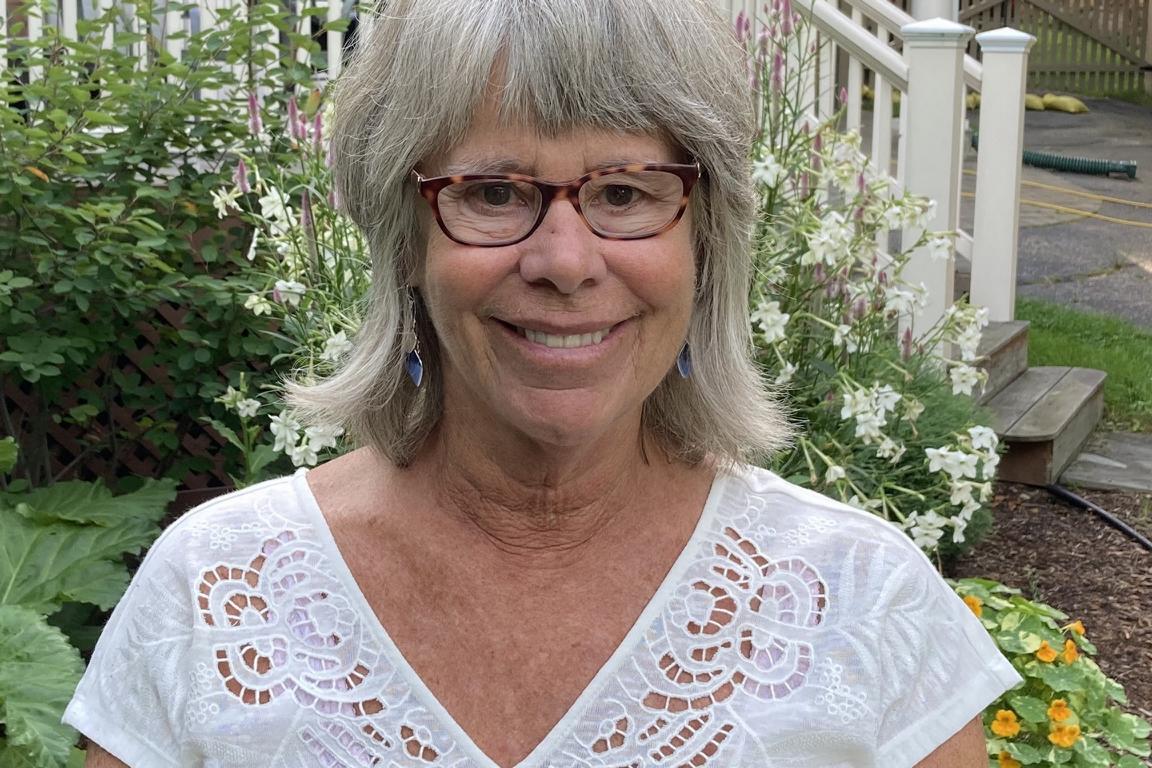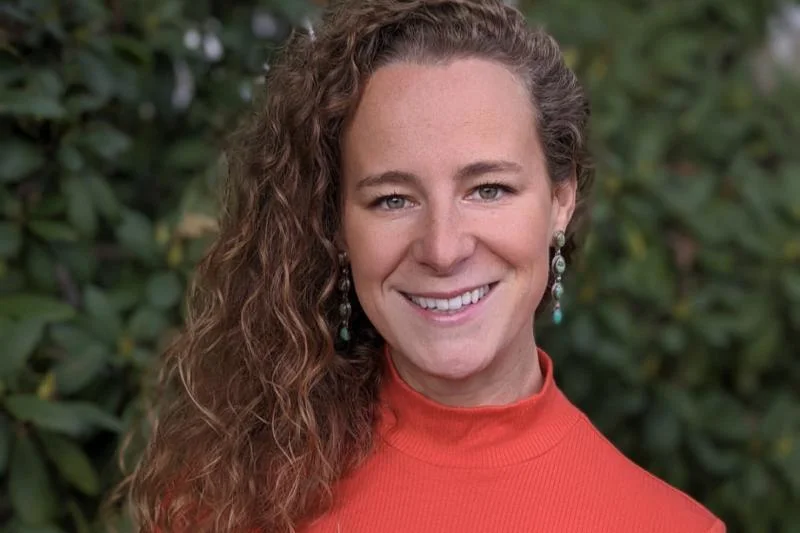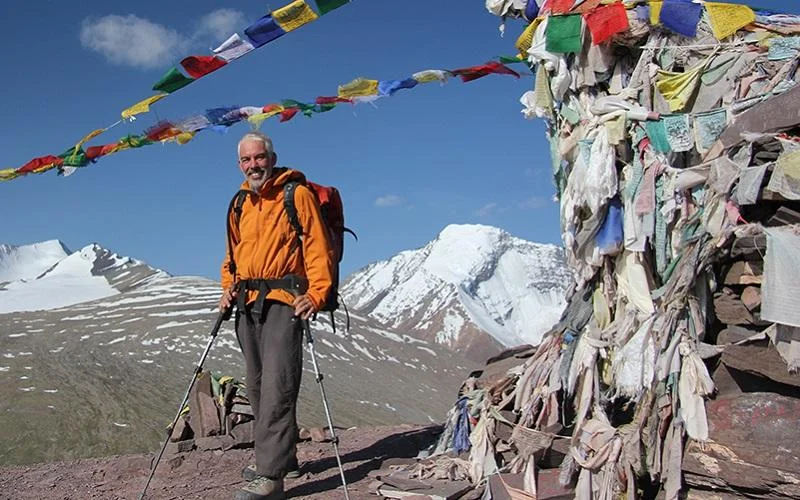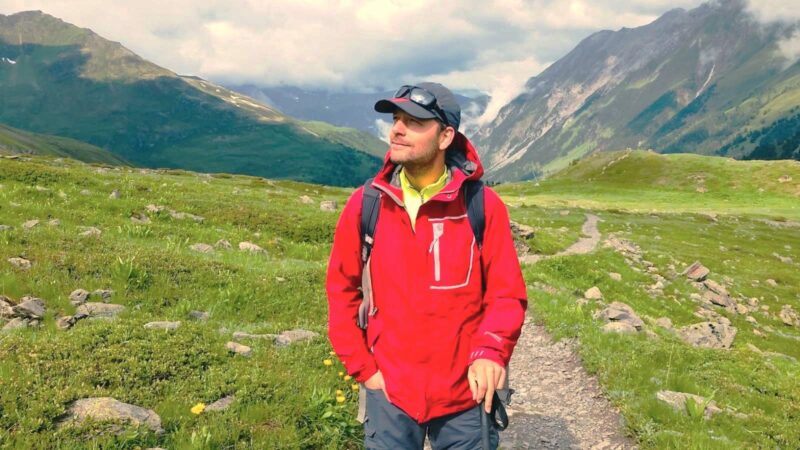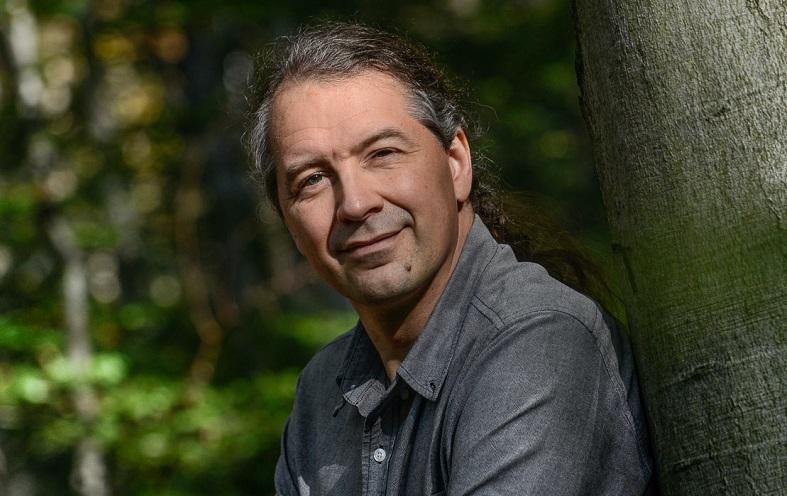
Nicolas Dubrocard in this interview takes us behind the scenes of elephant camps and wildlife tourism in South East Asia. He illustrates why elephant camps are not per se bad, and how his organization helps visitors and tour operators to choose the right ones, for more enriching encounters and experiences.
Nicolas, with more than ten years of experience in the hospitality industry, what inspired you to dedicate your work to the welfare of captive elephants in South East Asia?
One of the most important aspects of sustainability in tourism, for me, is about people, local communities and how tourism can potentially improve their quality of life. Behind elephant tourism, there are men, women, families and villages that depend on the financial resources coming from tourism, to take care of the elephants and ameliorate their lives.
I am in South East Asia for more than six years now, and elephant tourism is a huge component of the visitors’ expected experience in this part of the world.
I was surprised and shocked to read and watch so many disturbing and negative stories about how the elephants are treated, so I decided to investigate and learn about the topic: I visited more than 30 camps in three countries, spoke with veterinarians, scientists, academics, elephant camp owners, Mahouts (the persons in charge of the elephants), activists,…
I started this journey four years ago and I’m still learning almost every day. Elephants are fascinating creatures and there is a need to better understand their situation and how to improve their living conditions.
I am very lucky to have two associates join me on this adventure, through the Asian Captive Elephant Standards company which we set up in March 2019: Dr Ingrid Suter from Australia and Peter Kulmapijit from Chiang Mai, Thailand. Together we are a strong team with complementary sets of skills. It’s a great pleasure and honour to work with them.
We regularly hear news about elephants being ill-treated in camps in South East Asia, such as the Maesa Elephant Camp in Chiang Mai where baby elephants are chained and dragged by bull-hooks. In your experience, how rampant is this problem in Thailand?
There are elephant camps where bad behaviour occurs and others where you’ll find best practices. I have had the chance to visit both kinds and met amazing Mahouts, taking very good care of their animal, some of them up to 80 years old.
We need to keep in mind that elephants are not a pet, like a cat or a dog!
We created standards to monitor awareness among elephant camps, and good practices. We believe that elephants kept in camps for tourism activities is right now the only alternative in a country like Thailand, as there is not enough safe space for them in the wild, where they would be in danger.
So the problem is not rampant, but we need to educate the Mahout and the elephant camp owners to implement best practices.
What role do visitor reviews play as a tool for encouraging responsible tourism practices?
Visitors play a huge role, but they also need to be educated. Right now, the only information circulating about elephant camps is related to atrocity, torture, bad practices. I am working with a team of Thai veterinarians specializing in elephants for twenty years. I believe in scientific studies rather than emotional statements and horrible videos or pictures.
Elephants may need to be chained, and it doesn’t hurt them if it’s done the proper way. The hook should be seen as a guiding tool. If it’s handled the wrong way, to beat the elephant, of course, that’s totally unacceptable.
Visitors should collect more information about the elephants and be careful with online campaigns that are sometimes superficial. What I learned during the past four years is that in animal welfare, the situation is not white or black, it’s mostly the same colour as the elephants: grey.
It’s almost impossible to judge elephant welfare only by the few visible elements, such as chains, use of the hook or activities. To understand the situation, it needs time, analysis and access to the back of the house and documents. We have this access during our audits and work with trust and confidentiality.
Elephant camps are a popular tourist attraction in many Asian countries. How strict are the rules and regulations imposed by the local governments? What kind of animal welfare assurance is in place?
We need to keep in mind that elephant tourism started twenty years ago and exploded in the past ten years. So, in terms of regulation, it’s still the beginning. But you need to know that during the past years, governments have been strong in controlling the elephant population, placing microchips under their skin, collecting DNA and creating national databases. The main goal is to identify the elephants and to fight illegal wild elephant poaching.
It is a widespread myth that all elephants come from the wild and that you need to kill the mother and other members of the herd to get a young one. Currently the breeding in captivity is very efficient and most (if not all) of the young elephants that are in the camps were born in captivity.
Each country relies on a different context, in terms of elephant ownership. This is something that nobody seems to be interested in, but elephants belong to physical persons in Thailand, for example. So the owners are in charge of their elephants and these elephants have a huge financial value, enough reason why it doesn’t make any sense to mistreat them. Would you beat to death an animal worth US$ 40k?
In short, there are many more controls as we may imagine, but the regulations also need to improve.
More and more travellers are aware of – and against – animal cruelty. What do you think tourists can do to bring an end to this form of tourism?
Everyone is against animal cruelty but it’s also important to define what cruelty really means.
Some visitors may think that the use of chains is a form of cruelty but in fact it’s not at all if it’s done the right way: sufficient length, no rope to avoid skin abrasion, not too tight, not for a long period of time, etc. You need chains to protect the elephants also from each other, they are not automatically friends!
Visitors should question themselves and also be careful and avoid quick judgement (especially based on emotions) when it comes to animals that we are not used to in our countries.
We need to keep in mind that South East Asian populations have lived with elephants for three thousand years! I feel sometimes that there is a lack of respect for the Asian culture, with many misunderstandings.
Part of our work is to provide more information so visitors can better understand the complex situation of these animals.
How many elephant camps in South East Asia are accredited according to the Asian Captive Elephant Standards (ACES)? How does it work?
We started just a few months ago and have right now three certified camps: one in Thailand (Siam Niramit Phuket), one in Laos (the first camp to be certified in our Conservation category: Elephant Conservation Centre in Sayaboury close to Luang Prabang), and one in Bali (Mason Elephant Park and Lodge, close to Ubud).
We have a list of 191 criteria covering all the aspects of the elephant life: from the place where they sleep, the working hours, the diet, the activities,…
We also take into account the Mahouts and want to be sure that they are also well treated: with work contract, social insurance, medical visits, accommodation,…
When a camp wants to be part of our system, they need to pay our yearly fees, then they receive the list of criteria with guidance and templates to help them to get ready for the audit.
We spend usually a full day with the team for the audit. We visit all the areas concerned by the standards. Our auditors speak the local language and can discuss with Mahouts and employees.
What trends are we going to see in the future with respect to tourism, animal welfare and sustainability?
For elephant tourism, I feel that we are now at a crossroads: some persons think it would be better to boycott this activity, I have another opinion. I fear that boycott would lead to less welfare for the elephants (read Dr Ingrid Suter’s article about boycott).
The situation is certainly not ideal and I would love to see elephants roaming free and safe in large forest, but this is not realistic in South East Asia. So I’m pragmatic and focus on helping to improve the lives of captive elephants.
Visitors and tour operators need to have a way to be sure that the camps they visit or promote are on the right path. This is what we provide with our certification.
Having participated in sustainability programs around the world, do you think governments are doing enough to minimize the negative consequences of tourism? Or better to put our hopes on the private sector?
I think it’s a mix of governance from the authorities and leadership from the private sector. Both need each other to become stronger. It can be inspiring for authorities to see how the private sector is taking care of certain problems.
Thank you, Nicolas.
Connect with Nicolas Dubrocard on Facebook, LinkedIn or visit his website for details on his work and services he offers.
Enjoyed our interview with Nicolas on animal welfare in tourism and how he is helping elephants in South East Asia? Thanks for sharing!


